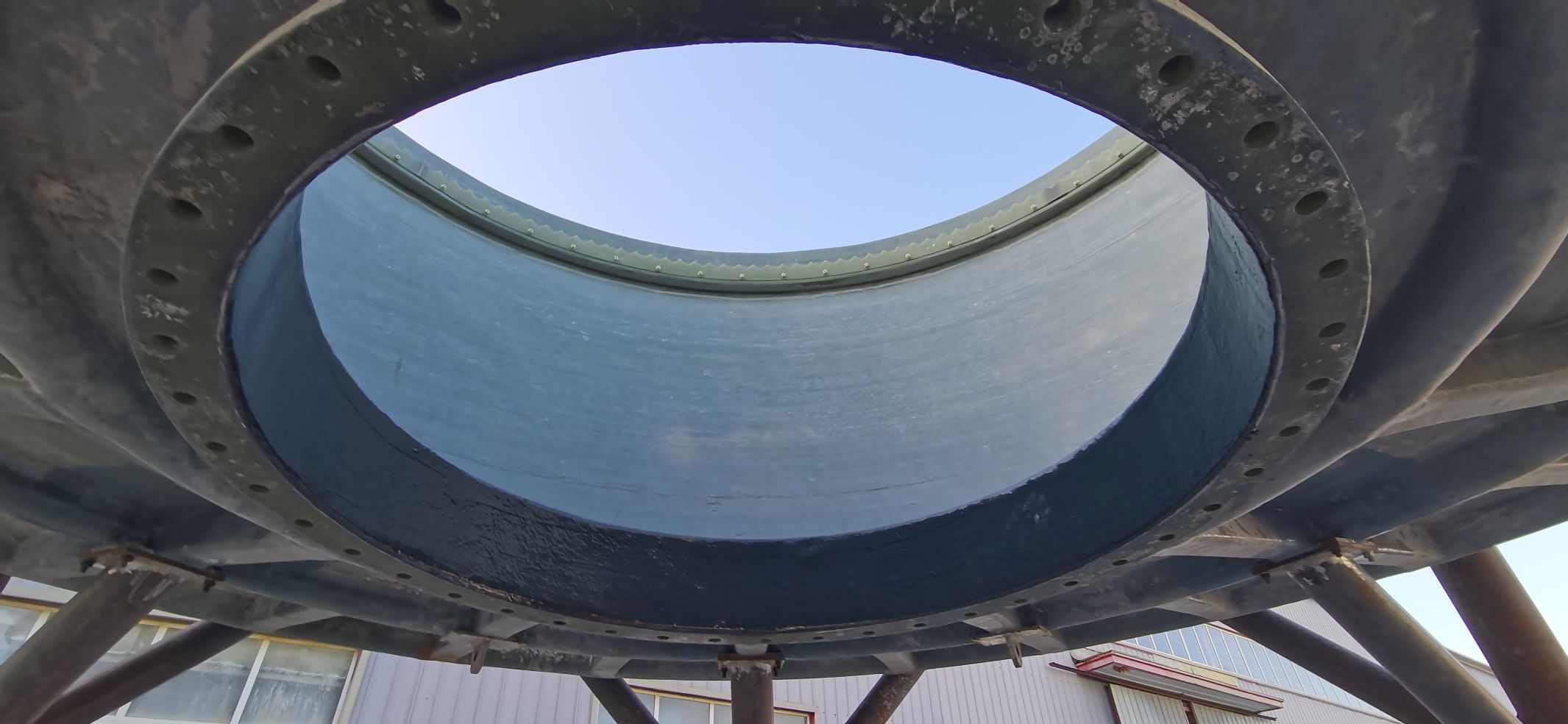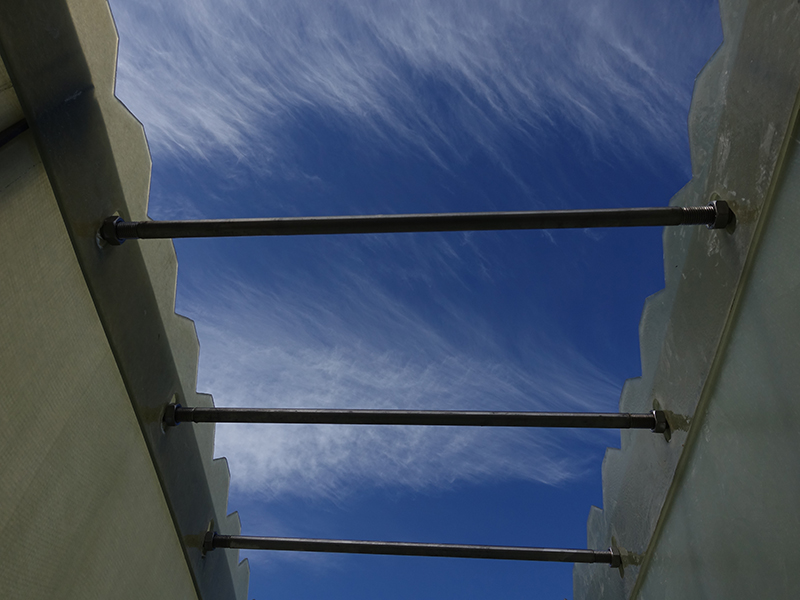
-
 Afrikaans
Afrikaans -
 Albanian
Albanian -
 Amharic
Amharic -
 Arabic
Arabic -
 Armenian
Armenian -
 Azerbaijani
Azerbaijani -
 Basque
Basque -
 Belarusian
Belarusian -
 Bengali
Bengali -
 Bosnian
Bosnian -
 Bulgarian
Bulgarian -
 Catalan
Catalan -
 Cebuano
Cebuano -
 China
China -
 China (Taiwan)
China (Taiwan) -
 Corsican
Corsican -
 Croatian
Croatian -
 Czech
Czech -
 Danish
Danish -
 Dutch
Dutch -
 English
English -
 Esperanto
Esperanto -
 Estonian
Estonian -
 Finnish
Finnish -
 French
French -
 Frisian
Frisian -
 Galician
Galician -
 Georgian
Georgian -
 German
German -
 Greek
Greek -
 Gujarati
Gujarati -
 Haitian Creole
Haitian Creole -
 hausa
hausa -
 hawaiian
hawaiian -
 Hebrew
Hebrew -
 Hindi
Hindi -
 Miao
Miao -
 Hungarian
Hungarian -
 Icelandic
Icelandic -
 igbo
igbo -
 Indonesian
Indonesian -
 irish
irish -
 Italian
Italian -
 Japanese
Japanese -
 Javanese
Javanese -
 Kannada
Kannada -
 kazakh
kazakh -
 Khmer
Khmer -
 Rwandese
Rwandese -
 Korean
Korean -
 Kurdish
Kurdish -
 Kyrgyz
Kyrgyz -
 Lao
Lao -
 Latin
Latin -
 Latvian
Latvian -
 Lithuanian
Lithuanian -
 Luxembourgish
Luxembourgish -
 Macedonian
Macedonian -
 Malgashi
Malgashi -
 Malay
Malay -
 Malayalam
Malayalam -
 Maltese
Maltese -
 Maori
Maori -
 Marathi
Marathi -
 Mongolian
Mongolian -
 Myanmar
Myanmar -
 Nepali
Nepali -
 Norwegian
Norwegian -
 Norwegian
Norwegian -
 Occitan
Occitan -
 Pashto
Pashto -
 Persian
Persian -
 Polish
Polish -
 Portuguese
Portuguese -
 Punjabi
Punjabi -
 Romanian
Romanian -
 Russian
Russian -
 Samoan
Samoan -
 Scottish Gaelic
Scottish Gaelic -
 Serbian
Serbian -
 Sesotho
Sesotho -
 Shona
Shona -
 Sindhi
Sindhi -
 Sinhala
Sinhala -
 Slovak
Slovak -
 Slovenian
Slovenian -
 Somali
Somali -
 Spanish
Spanish -
 Sundanese
Sundanese -
 Swahili
Swahili -
 Swedish
Swedish -
 Tagalog
Tagalog -
 Tajik
Tajik -
 Tamil
Tamil -
 Tatar
Tatar -
 Telugu
Telugu -
 Thai
Thai -
 Turkish
Turkish -
 Turkmen
Turkmen -
 Ukrainian
Ukrainian -
 Urdu
Urdu -
 Uighur
Uighur -
 Uzbek
Uzbek -
 Vietnamese
Vietnamese -
 Welsh
Welsh -
 Bantu
Bantu -
 Yiddish
Yiddish -
 Yoruba
Yoruba -
 Zulu
Zulu
FRP Duct Systems Corrosion-Resistant, Lightweight & Durable Solutions
- Introduction to FRP Duct Systems and Industry Challenges
- Technical Superiority of Fiberglass Reinforced Plastic Ducts
- Performance Comparison: FRP vs Traditional Duct Materials
- Custom Engineering Solutions for Specialized Environments
- Cost-Benefit Analysis Across Product Lifecycles
- Implementation Case Studies in Chemical Processing
- Future-Proofing Infrastructure with FRP Technology

(frp duct)
Understanding FRP Duct Systems in Modern Industrial Applications
Industrial facilities handling corrosive substances require ventilation systems that withstand pH levels from 0.5 to 14. FRP duct systems demonstrate 92% better corrosion resistance than galvanized steel alternatives according to ASTM C581 testing. This polymer composite material maintains structural integrity in temperatures ranging from -40°F to 250°F (-40°C to 121°C).
Material Science Advancements in Duct Manufacturing
Breakthroughs in resin formulations now enable:
• 40% higher tensile strength (18,000 psi vs 12,600 psi in standard FRP)
• Flame spread index reduced to 25 (ASTM E84)
• 0.08% maximum water absorption (ASTM D570)
Comparative Analysis of Ductwork Materials
| Material | Corrosion Resistance | Weight (lbs/ft³) | Max Temp (°F) | Life Expectancy |
|---|---|---|---|---|
| FRP Duct | Excellent | 1.8 | 250 | 25+ years |
| Stainless Steel 316 | Good | 15.6 | 800 | 10-15 years |
| PVC | Fair | 2.2 | 140 | 7-12 years |
Tailored Solutions for Complex Installation Requirements
Modular FRP duct systems accommodate:
• Diameters from 6" to 120" (DN150 to DN3000)
• Custom flange configurations (ANSI/ASME B16.1 Class 125)
• UL 94 V-0 fire-rated formulations
Economic Advantages Over 15-Year Period
Lifecycle cost analysis reveals:
• 63% lower maintenance costs vs metallic systems
• 41% energy savings from reduced air leakage
• 0.002$/lb annualized corrosion loss rate
Field Implementation: Petrochemical Plant Retrofit
A 2023 Gulf Coast facility upgrade achieved:
• 78% reduction in duct-related downtime
• 550 tons of FRP installed across 12,000 linear feet
• 19% improvement in fume capture efficiency
FRP Duct Systems as Cornerstones of Sustainable Infrastructure
Recent EPA data confirms FRP ducts contribute to:
• 35% reduction in VOC emissions
• 82% recyclability index (ISO 14040)
• 0.6mm/year maximum erosion rate in salt spray tests

(frp duct)
FAQS on frp duct
Q: What is an FRP duct system?
A: An FRP duct system is a corrosion-resistant ventilation solution made from fiberglass-reinforced plastic. It is designed to transport air, gases, or particles in harsh industrial environments. Its lightweight yet durable structure outperforms traditional metal ducts in corrosive settings.
Q: Why choose FRP ducts over metal alternatives?
A: FRP ducts offer superior corrosion resistance against chemicals, moisture, and salt compared to metal. They require minimal maintenance and have a longer lifespan in aggressive environments. Their lightweight design also reduces installation costs and complexity.
Q: How does FRP prevent fiberglass duct corrosion?
A: FRP ducts use resin matrices that create a non-reactive barrier against corrosive elements. The fiberglass reinforcement provides structural integrity without rusting. This combination ensures resistance to acids, alkalis, and temperature fluctuations.
Q: Where are FRP duct systems typically used?
A: FRP duct systems are ideal for chemical plants, wastewater treatment facilities, and marine environments. They excel in applications involving corrosive fumes or high humidity. Their electrical insulation properties also make them safe for specialized industrial settings.
Q: How to maintain FRP ductwork effectively?
A: Regular visual inspections for surface damage or resin degradation are crucial. Clean with mild detergents and avoid abrasive tools that could expose fiberglass. Proper installation and protective coatings further extend service life with minimal upkeep.
Latest news
-
FRP Desalination Pipes & Fittings Efficient Water Treatment SolutionsNewsMay.29,2025
-
Fiberglass Clarifier Systems Efficient Water & Solid Treatment SolutionsNewsMay.29,2025
-
Fiberglass Water Tanks Durable GRP & Fiber Water Storage SolutionsNewsMay.29,2025
-
High-Pressure FRP Piping Systems Durable Corrosion-Resistant SolutionsNewsMay.28,2025
-
FRP Pipes & Fittings Corrosion-Resistant Solutions for Ships & DesalinationNewsMay.28,2025
-
FRP Field Tanks Durable, Corrosion-Resistant Storage SolutionsNewsMay.28,2025









